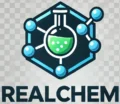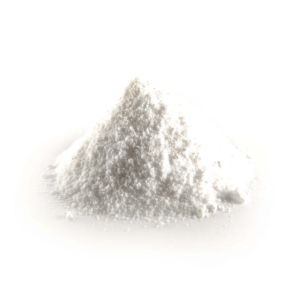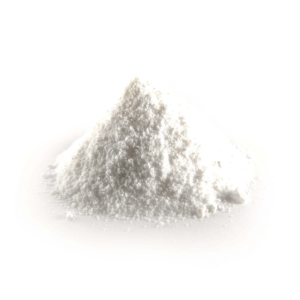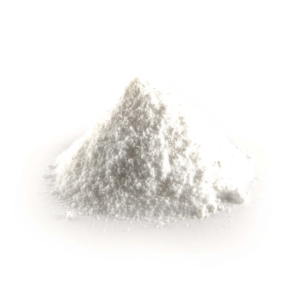4-MAR "ICE" Analogues
What Are 4-MAR Analogues?
4-MAR (4-Methylaminorex) analogues—often referred to as “ICE” analogues in research contexts—are a class of synthetic stimulant compounds structurally derived from aminorex, a known psychostimulant. These analogues feature subtle structural modifications to the 4-position of the aminorex ring system, significantly impacting their pharmacological activity and metabolic behavior.
Used exclusively in analytical, pharmacological, and forensic research, 4-MAR analogues are important tools for studying monoaminergic activity, neurostimulation, and structure-activity relationships (SAR) among substituted aminorex compounds.
⚠️ All 4-MAR analogues are strictly for laboratory research use only. These compounds are not for human or veterinary consumption.
Common 4-MAR Analogues in Research
Examples of 4-Methylaminorex analogues include:
-
4-MAR (4-Methylaminorex) – the base compound
-
4-FMAR (4-Fluoromethylaminorex) – fluorinated derivative
-
4,4’-DMAR (4,4-Dimethylaminorex) – known for high activity and past forensic relevance
-
Para-methylaminorex (PMAR) – methylated variant at para-position
-
N-Ethylaminorex (NEAR) – ethyl substitution on nitrogen
Each of these analogues can vary in potency, receptor binding affinity, and stimulant duration, making them ideal candidates for comparative neurochemical studies.
Chemical and Pharmacological Overview
-
Base Structure: 2-amino-5-aryl-4,5-dihydro-1,3-oxazolines
-
Chemical Class: Oxazoline-based stimulants
-
Common Features: Chiral centers, stimulant activity, monoamine reuptake inhibition
-
Purity: ≥98% (lab-tested by HPLC, GC-MS, or NMR)
The chiral nature of 4-MAR analogues may result in different enantiomeric effects, an important consideration for receptor binding studies and metabolic modeling.
Research Applications
4-MAR analogues are widely used in:
-
Monoamine transporter inhibition studies (DAT, NET, SERT)
-
Structure-activity relationship (SAR) mapping of oxazoline compounds
-
Comparative stimulant activity and binding affinity profiling
-
Metabolite pathway analysis and forensic toxicology
-
Neuropharmacological behavior modeling in vitro
They are often evaluated alongside other stimulant classes like substituted amphetamines or cathinones to assess structural influence on activity.
Legal & Compliance Notes
The legal status of 4-MAR analogues varies by jurisdiction:
-
United States: Several may be unscheduled but could be regulated under the Federal Analogue Act
-
United Kingdom & EU: Covered by the Psychoactive Substances Act or analog laws
-
Canada, Australia: Often controlled; consult national scheduling documents
Buyers are responsible for ensuring local compliance. These substances are for research only and must not be used in any human or animal studies.
Safety & Handling Protocols
4-MAR analogues require professional laboratory handling under strict safety conditions:
-
PPE Required: Gloves, lab coat, and protective eyewear
-
Work Environment: Fume hood or ventilated lab space
-
Storage: In cool, dry, and dark locations in sealed, labeled containers
-
Labeling: Clearly marked as “For Research Use Only – Not for Human Consumption”
-
Disposal: Through authorized hazardous chemical waste channels
Researchers should also maintain detailed documentation and chain-of-custody logs for all high-activity substances.
Why Choose 4-MAR Analogues for Research?
Researchers studying central nervous system stimulants often choose 4-MAR analogues due to:
-
Their structural novelty and SAR value
-
High analytical purity (≥98%) for reproducible results
-
Well-characterized behavior across monoamine systems
-
Relevance in forensic toxicology and pharmacodynamic modeling
Choose a supplier that offers:
-
Batch-specific Certificate of Analysis (COA)
-
Secure, tamper-evident packaging
-
Technical support and documentation on request
-
Compliance with international shipping and regulatory requirements
Summary
4-MAR “ICE” analogues represent a scientifically valuable class of stimulant compounds designed for neurochemical, forensic, and SAR research. With a variety of structural variations, these analogues allow researchers to investigate how small modifications impact stimulant potency, metabolic behavior, and receptor selectivity.
When handled responsibly within qualified research environments, 4-MAR analogues can provide key insights into central nervous system stimulation, monoaminergic function, and chemical structure analysis.
Showing all 3 results



